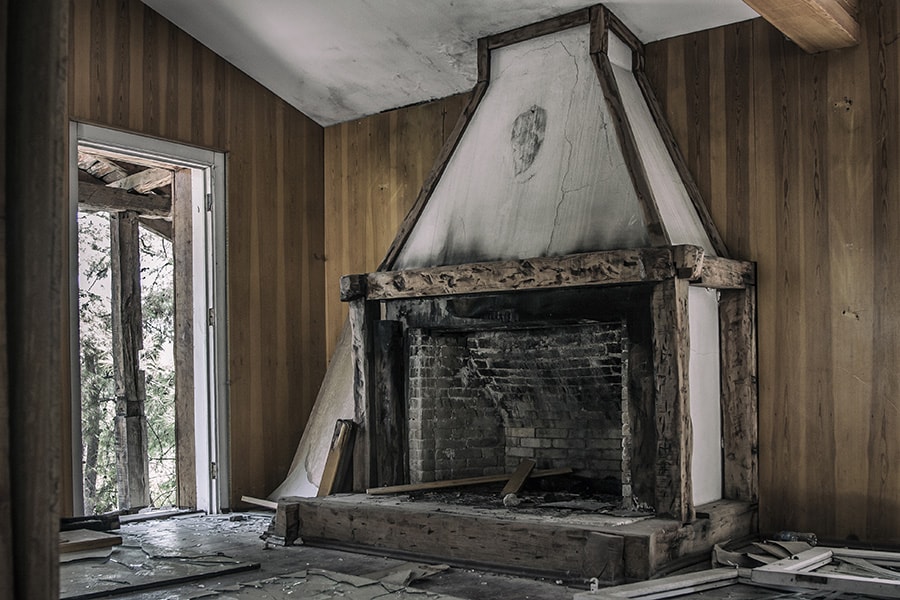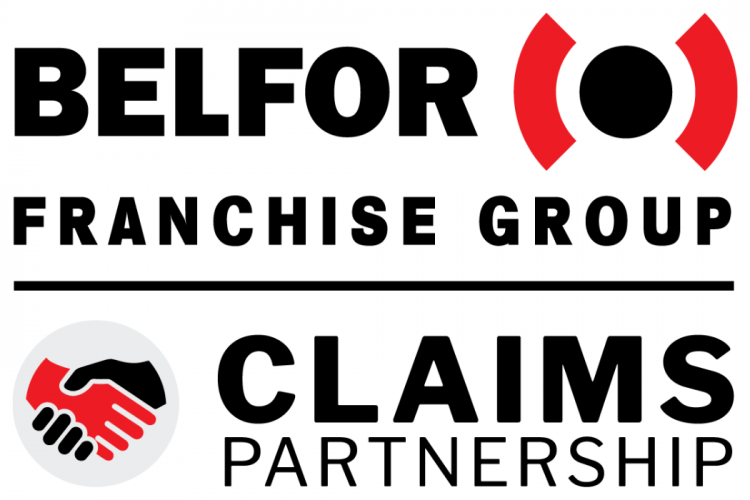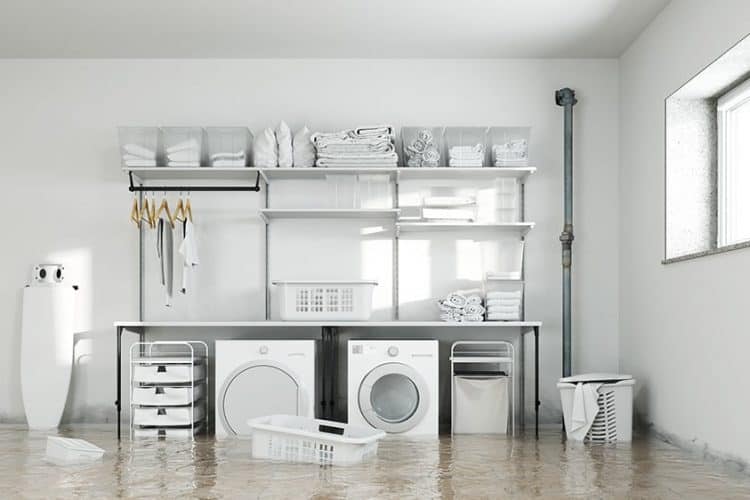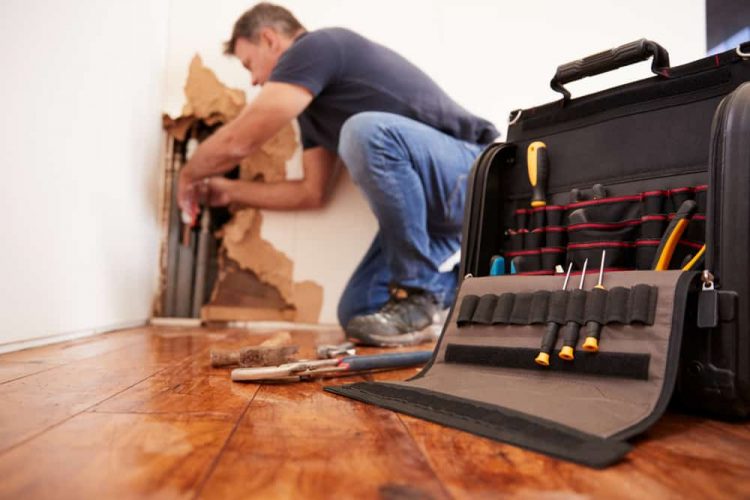
Having been to a campfire or bonfire, you know the smell of smoke can linger in your clothing and hair. Even after washing, you can probably still detect that smoky smell. Now imagine trying to remove that smoke odor from inside your home or business after a fire.
The challenge with smoke damage in your home is that it can affect areas not directly impacted by the fire. Removing the odor and mitigating the damage caused by smoke is one of the more technically complex cleaning processes in restoration. Lingering soot and acidity from smoke can potentially cause secondary damage and health-related issues if not thoroughly removed in the cleaning process in a time-efficient manner.
Properly cleaning and restoring a smoke-damaged home or business is not a straightforward task, which is why insurance companies recommend a fire damage restoration service.
Most important factors: soot and time
Soot is a by-product of fire comprised primarily of carbon, and it is highly acidic. The exact chemical composition of soot also varies based on the type of fire and materials that burned. Removing soot and cleaning damaged areas have to be done in a timely fashion.
Soot gets into the fibers of furniture and fabrics and discolors wood, walls and ceilings. The longer it sits on materials, the more damage results. This is usually why a fire damage restoration service is strongly recommended because they have the equipment and knowledge to address the damage in a timely and effective manner. If you decide to do the cleanup yourself, however, here is some advice to achieve the best results.
Remove damaged items
There are three things you should discard immediately when smoke damage has impacted your home, even if these items don’t appear damaged:
Food. Canned foods that have had exposure to high heat can cause bacteria growth and make you sick. Any food in boxes or bags has already been penetrated by smoke and needs to be thrown out.
Fabrics. You can attempt to clean some smoke-damaged clothing and fabrics, but anything that is burned needs to be discarded.
Medications. Medications exposed to high heat can result in a changed composition of the medication. The medication may not appear damaged, but that doesn’t mean it’s safe.
Start the cleaning process
In addition to rags and buckets, there are some products you will need to clean smoke damage in your home.
A tri-sodium phosphate cleaner is needed for the grease in a smoke-related cleanup, and a dry-cleaning sponge that is specially designed to remove soot from walls is required. You will also need safety gear – gloves, goggles and a mask – as you will be in direct contact with the soot and acidity and moving those particles around the room. Depending on the type of cleaning products and materials you’re working with, you may need different types of personal protective equipment (PPE). Be sure to read all safety instructions and do the necessary research to ensure you are properly protected while performing the smoke damage cleanup.
Clean from the bottom up
There is an order to follow when cleaning damage caused by smoke:
- Open as many windows as possible to increase ventilation
- Remove soot and debris from the floor using a dryvac or shopvac.
- Use the dry-cleaning sponge to clean stains on the walls. Wipe the walls gently, turning the sponge to a different side so you’re always using a clean surface. When all sides of the sponge are soiled, slice them off with a knife to reveal fresh surfaces or use a new sponge. Always use a wiping motion; if you scrub you may spread the soot deeper into the surface.
- Once you’ve dry-sponged the walls, follow with a cleaning solution using tri-sodium phosphate (TSP). Wear thick rubber gloves and use a regular sponge soaked in the mixture. Wipe the walls gently working from the floor upwards.
- Once washed, rinse the wall with warm water and dry immediately with clean towels.
- Wash your ceilings last, following the same steps.
Cleaning furniture and windows
Use a store-bought smoke damage cleaner for plastic or metal furniture. Wood will require a special cleaner. If coverings on furniture (and other textiles) can be washed in the washing machine, use bleach with your detergent in a cold-water wash. If you can’t use bleach, use detergent and a teaspoon of baking soda, again in cold water only.
Should you hire a professional?
Understanding the extent of damage after a fire is crucial to providing a proper cleaning of your home and preventing future damage. If you feel the smoke damage is minimal, and you have the time, knowledge, confidence to do a thorough cleaning, you can do this work yourself. However, if you’re unsure, and you’re dealing with extensive or severe damage, you should use a professional restoration company to eliminate any doubt about contaminants and structural damage.
Contacting 1-800 WATER DAMAGE
1-800 WATER DAMAGE provides smoke damage restoration services. Many homeowners find cleanup responsibilities to be overwhelming, especially when handling the emotion of a fire event. Our fire damage restoration experts take care of the repair process so you can handle everything else.
Call 1-800-928-3732 or fill out our form. You can rest assured our fully vetted technicians will provide caring, immediate services for your home.



